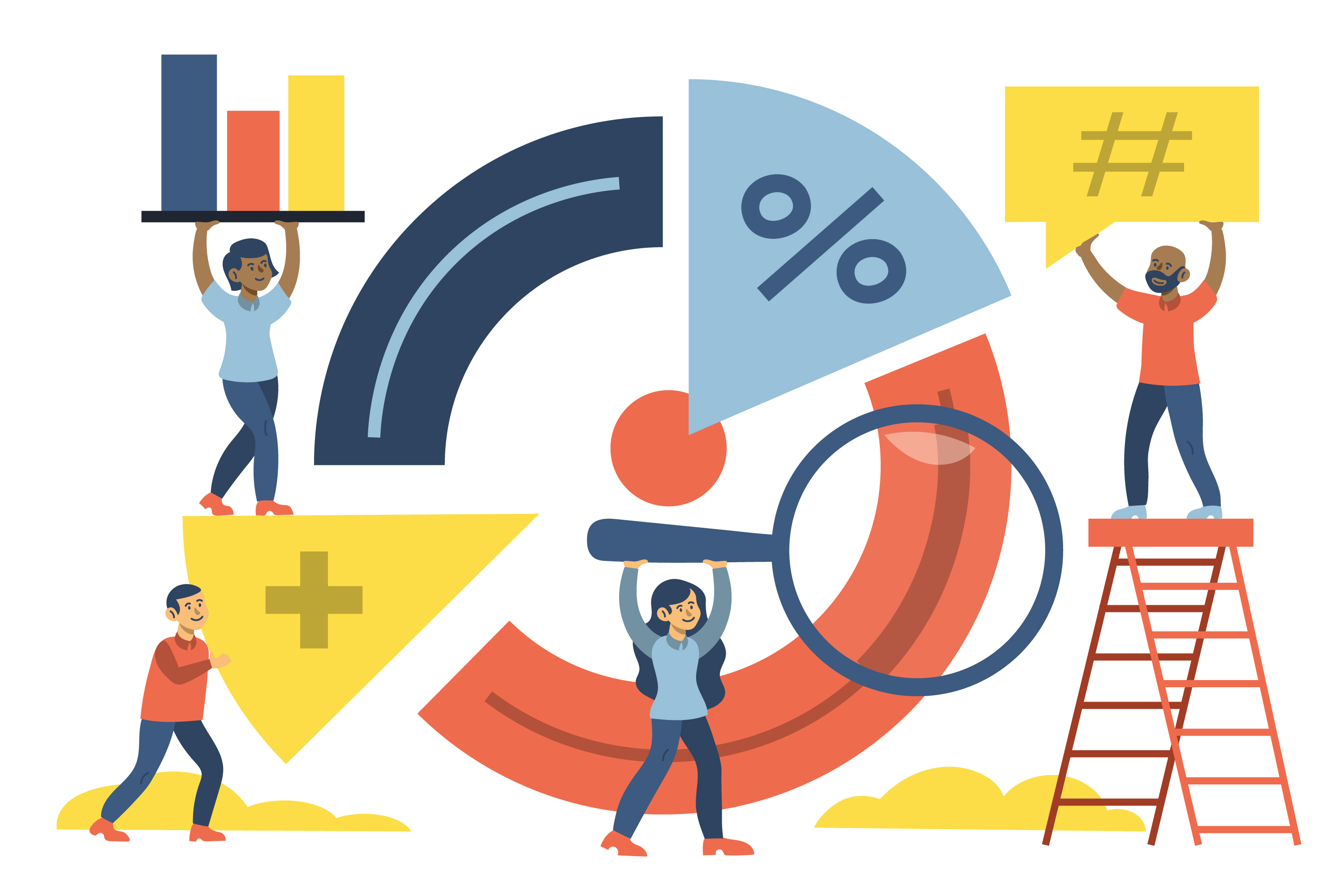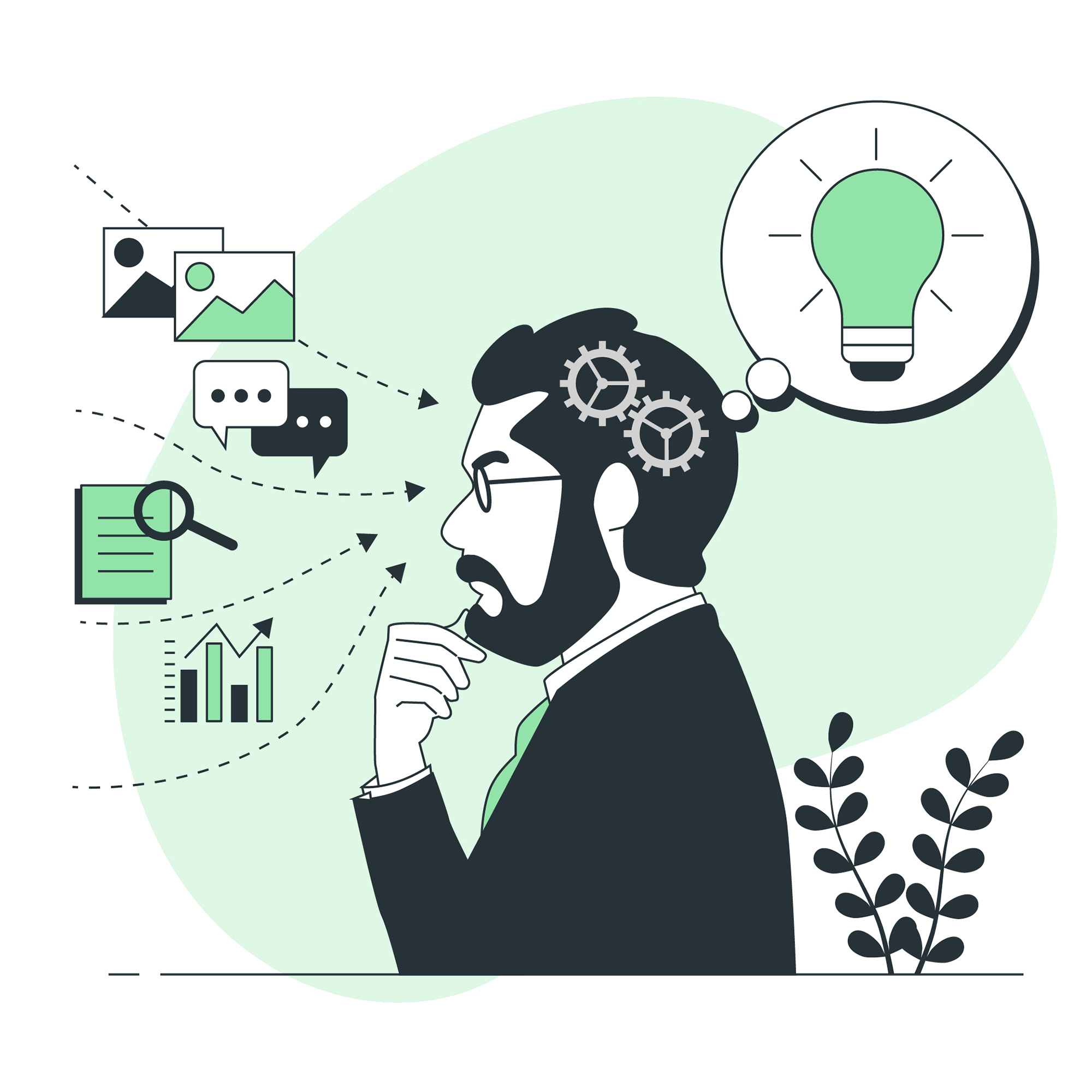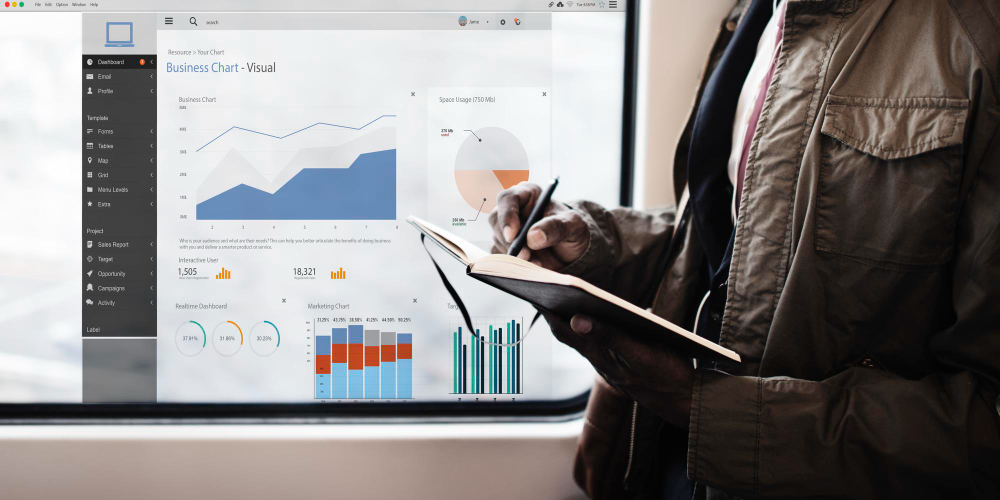Behavioral economics is a fascinating field that studies the ways in which psychological, social, and emotional factors impact economic decisions. Unlike traditional economics, which often assumes that individuals are rational actors, behavioral economics acknowledges that people often make decisions that are irrational or inconsistent with their self-interest.
One of the key factors that influence economic decision-making is cognitive biases. Cognitive biases refer to systematic errors in thinking that can affect decision-making. These biases can cause individuals to make decisions that are not rational or optimal. In data analysis, cognitive biases can significantly impact the quality of data and the effectiveness of decision-making.

According to experts in the field, there are numerous cognitive biases that can impact decision-making in data analysis and beyond. For example, “confirmation bias” refers to seeking information that confirms pre-existing beliefs while ignoring information that contradicts those beliefs. This can lead individuals to make decisions based on incomplete or inaccurate data. Another common cognitive bias is the “availability heuristic”, which refers to the tendency to rely on easily available information rather than seek more reliable or comprehensive data.
In order to mitigate the impact of cognitive biases on decision-making, experts recommend several strategies. One approach is to actively seek out and consider alternative perspectives and information sources. By actively seeking out information that contradicts pre-existing beliefs or biases, individuals can ensure they completely understand the situation at hand. Additionally, experts recommend using objective, data-driven approaches to decision-making rather than relying solely on intuition or subjective impressions.
When it comes to data analysis specifically, experts also recommend using a rigorous, scientific approach to data collection and analysis. This can involve using standardized protocols for data collection and ensuring that data is collected consistently and unbiasedly. Additionally, statistical analysis techniques can help identify patterns and relationships in the data and mitigate the impact of cognitive biases on decision-making.

Behavioral economics is an exciting and rapidly evolving field with important applications in a wide range of areas, from business to public policy. By understanding the ways in which cognitive biases can impact decision-making, individuals and organizations can take steps to mitigate those biases and make more effective decisions.
Integrating behavioral economics with statistical analysis can provide a more comprehensive understanding of decision-making. Behavioral economics can be used to identify cognitive biases and other factors that influence decision-making. This section will explore the applications of behavioral economics in predictive modeling and how it can improve the accuracy
In order to integrate behavioral economics into data analysis, there are a few steps that need to be taken:
Identify the problem: The first step is to identify the problem that needs to be solved. This could be improving the accuracy of a predictive model or identifying factors that are affecting customer behavior.
Understand the context: This involves gaining a deep understanding of the market, industry, and specific circumstances that are affecting the problem. For example, if the problem is related to customer behavior, it may be necessary to conduct market research to gain insights into consumer preferences and behaviors. Understanding the context in which the problem is occurring can help to identify the root cause of the issue and inform the development of an effective solution.
Develop a hypothesis: This hypothesis should be based on a clear understanding of the problem or context and provide a specific statement that can be tested with data. For example, certain demographic groups are more likely to engage in a particular behavior, or a specific campaign of marketing will lead to increased sales.

Collect and analyze data: Once a hypothesis has been developed, the next step is to collect and analyze relevant data. This data could come from various sources, such as customer behavior data, sales data, or demographic data. It is vital to ensure that the data is collected in a consistent and unbiased manner and that it is analyzed using appropriate statistical techniques.
Use statistical analysis: Statistical analysis is an important tool for integrating behavioral economics into data analysis. There are many different statistical techniques that can be used to identify patterns and relationships in the data, such as regression analysis or cluster analysis. By using these techniques, it is possible to identify correlations or other relationships that may be obscured by noise or other factors.

- Apply behavioral economics concepts: Once the data has been analyzed, it is important to apply behavioral economics concepts to the results. This could involve identifying cognitive biases or other behavioral factors that are influencing the results and taking steps to mitigate their impact. For example, if the analysis suggests that certain demographic groups are more likely to engage in a particular behavior, it may be necessary to adjust marketing or messaging strategies to better target those groups.
In conclusion, behavioral economics is a powerful tool to help businesses and data analysts better understand decision-making processes. By recognizing that individuals are not always rational actors and identifying the cognitive biases and other behavioral factors that can influence decision-making, businesses can develop more effective strategies that align with consumer behavior. Additionally, by applying the principles of behavioral economics to data analysis, analysts can create more accurate predictive models and make better-informed decisions. As the field of behavioral economics continues to evolve, it is clear that its applications in business and data analysis will only become more critical. Therefore, businesses and analysts must incorporate behavioral economics into their decision-making processes to stay ahead in today’s highly competitive market.
